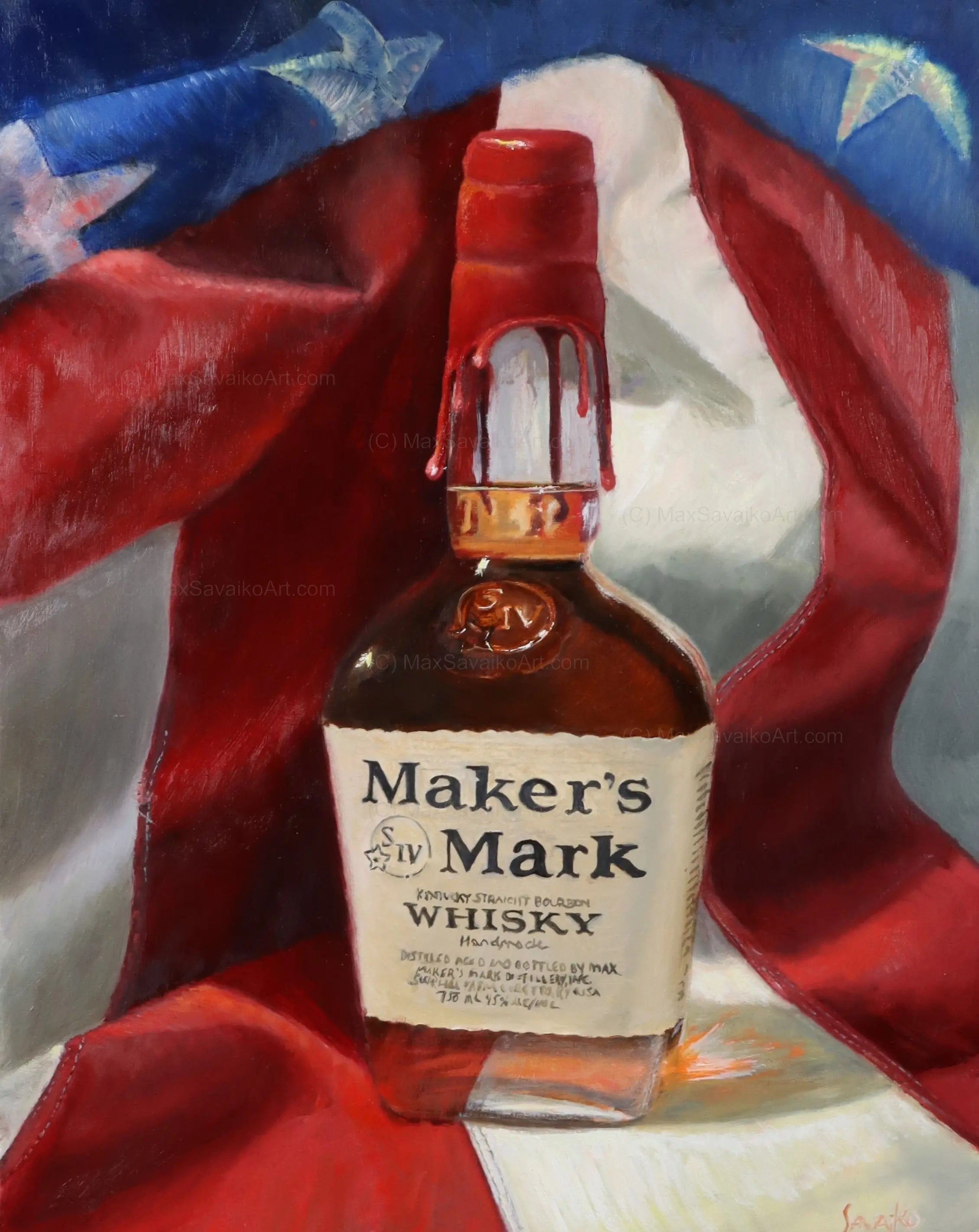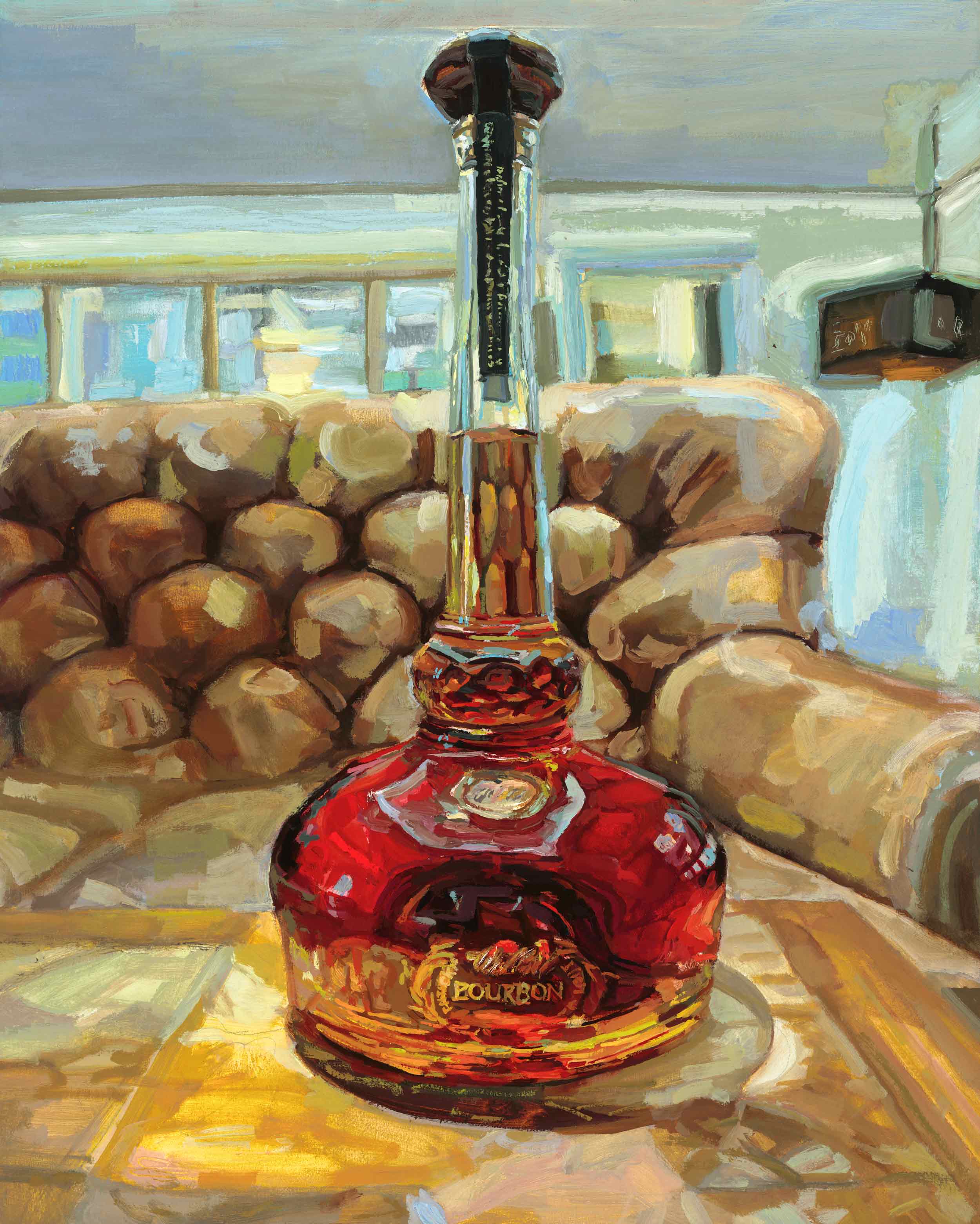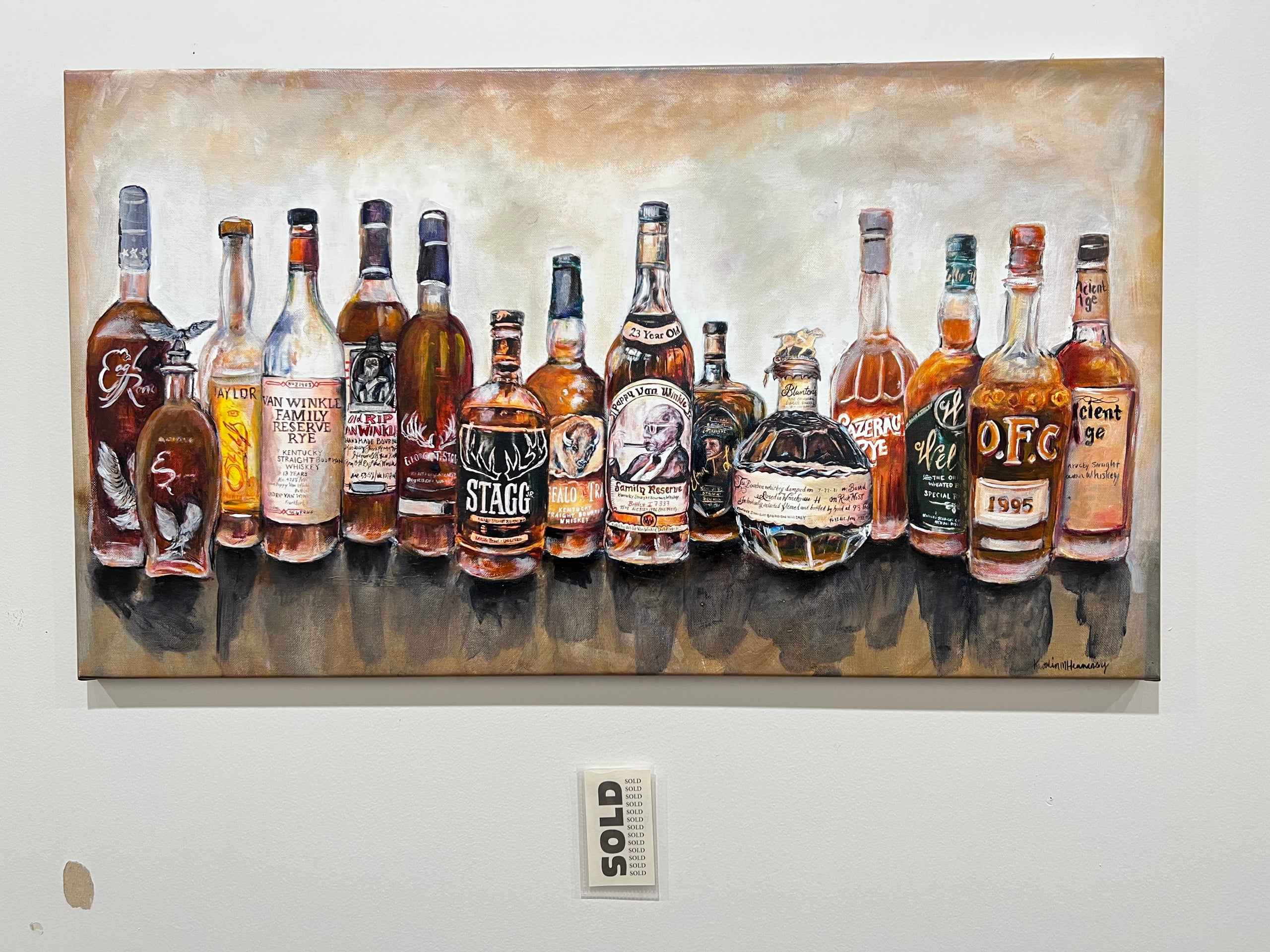Whiskey Art: Catching the Significance of Distillation in Every Brushstroke
Whiskey Art: Catching the Significance of Distillation in Every Brushstroke
Blog Article
The Relevance of Whiskey Art in Celebrating Heritage and Craftsmanship in the Beverage Industry
The complex relationship between scotch art and the party of heritage and workmanship within the beverage industry can not be overstated. With attentively designed labels and bottles, scotch brand names envelop their historic roots and the artisanal skills that define their manufacturing techniques. This artistic measurement not only boosts market appeal but likewise works as an avenue for cultural storytelling, fostering a much deeper link in between the craft and the consumer. As we discover the different facets of this topic, interesting questions about the effect of contemporary fads on conventional techniques arise, motivating more exam.
The Historical Roots of Whiskey
At the heart of whiskey's appeal exists a rich tapestry of historical origins that trace back to old people. The origins of scotch can be connected to the purification practices of the Sumerians and Babylonians around 2000 BCE, where early types of fermented grain beverages started to emerge. However, it was in the Middle Ages that the art of purification developed significantly, particularly in Ireland and Scotland, bring about the production of scotch as we understand it today.
The term "scotch" itself obtains from the Gaelic word "uisce beatha," suggesting "water of life." This phrase highlights the cultural value of scotch in Celtic cultures, where it was usually associated with routines, parties, and common bonding. By the 15th century, purification came to be an acknowledged craft within reclusive neighborhoods, leading the means for the facility of legal distilleries.
As trade routes increased, whiskey's appeal expanded, transcending local borders and capturing the interest of lovers worldwide. Realism Art. This historic journey reflects not only the craftsmanship behind scotch production but likewise its indispensable function in social and cultural contexts, marking it as a significant drink throughout history
Artistic Expression in Branding
Scotch branding stands as an engaging crossway of creativity and commerce, where visual identity plays a crucial function fit customer understanding. The aesthetics of scotch tags, packaging, and advertising materials mirror not only the brand's story but also its core values and heritage. Via imaginative expression, distilleries share a story that reverberates with customers, evoking emotions and triggering links.
Making use of color, typography, and images in branding serves to differentiate items in a saturated market. As an example, standard motifs might evoke a sense of credibility and craftsmanship, while modern-day designs can symbolize development and forward-thinking. This critical artistic direction boosts brand name recognition and loyalty, permitting customers to forge a personal partnership with the whiskey they choose.
In addition, creative expression in branding often acts as an event of regional heritage. Distilleries regularly incorporate local icons or historical referrals into their layouts, producing a local color that invites consumers to take part in a more comprehensive cultural experience. Eventually, the artistry behind whiskey branding not only improves visual charm however likewise enhances the general story of the brand name, promoting a much deeper admiration for the workmanship and heritage ingrained in each container.
Workmanship in Bottle Style
The creativity apparent in scotch branding prolongs beyond visual identification to incorporate the workmanship entailed in container style. Each bottle serves as a vessel not simply for the spirit within, yet likewise for the story it outlines its origin, practice, and top quality. The design procedure needs meticulous focus to information, as elements such as material, shape, and closure contribute dramatically to the general perception of the bourbon.
Craftsmanship in container style involves picking top notch glass that can improve the whiskey's color and quality, while also giving a tactile experience for the customer. The shape of the bottle need to be both functional and cosmetically appealing, typically reflecting the heritage of the brand. Several distilleries go with unique forms or embossed logos that stimulate a sense of authenticity and history.
In addition, the label design and typography play an important duty in communicating the brand's story. Bourbon Art. A well-crafted bottle not just captivates the consumer's eye yet additionally reinforces the brand name's dedication to quality and custom. By doing this, the workmanship of bottle design ends up being an essential facet of the whiskey experience, merging virtuosity with a profound regard for heritage
Social Significance of Whiskey Art
Commemorating practice and craftsmanship, the cultural relevance of whiskey art transcends simple appearances, intertwining with the social and historic narratives see it here of the regions where it comes from. Each bottle works as a canvas, depicting the special stories, folklore, and customs that have formed local whiskey-making methods. The intricate styles frequently show the heritage of the distillers, integrating icons and themes that resonate with the society and values of their neighborhoods.

Additionally, scotch art plays a crucial function in common gatherings and celebrations, acting as a substantial web link between people and their shared experiences. By appreciating the virtuosity in bourbon packaging, consumers grow a much deeper understanding and respect for the craft, ultimately improving their satisfaction of the beverage itself.
Modern Trends in Whiskey Discussion
In the last few years, the presentation of whiskey has actually progressed to show contemporary preferences and patterns while still recognizing typical craftsmanship - Whiskey Art. Distilleries are increasingly concentrating on aesthetic components that improve the overall alcohol consumption experience, connecting the gap in between heritage and modernity
Innovative container designs have actually emerged, usually integrating sustainable materials and artistic tags that tell engaging tales. Lots of brands currently collaborate with regional musicians, infusing their items with distinct aesthetic expressions that resonate with consumers. In addition, limited-edition releases are usually packaged in collectible containers, adding worth and charm for connoisseurs.

Final Thought
To conclude, whiskey art works as an essential conduit for revealing the heritage and workmanship integral in the beverage market. go right here With detailed branding, innovative bottle styles, and culturally substantial imaginative elements, whiskey brands successfully recognize their practices and get in touch with consumers. This artistic narrative not only raises the recognition of scotch yet additionally enhances area identification and satisfaction amongst manufacturers. Inevitably, bourbon art plays an important role in preserving and celebrating the rich cultural tapestry of whiskey-making.


Craftsmanship in bottle layout includes picking premium glass that can enhance the scotch's shade and clarity, while likewise providing a tactile experience for the customer. In this way, the workmanship of container design ends up being a vital element of the bourbon experience, merging creativity with an extensive regard for heritage.
In conclusion, scotch art offers as a vital channel for revealing the click this site heritage and workmanship inherent in the beverage market.
Report this page